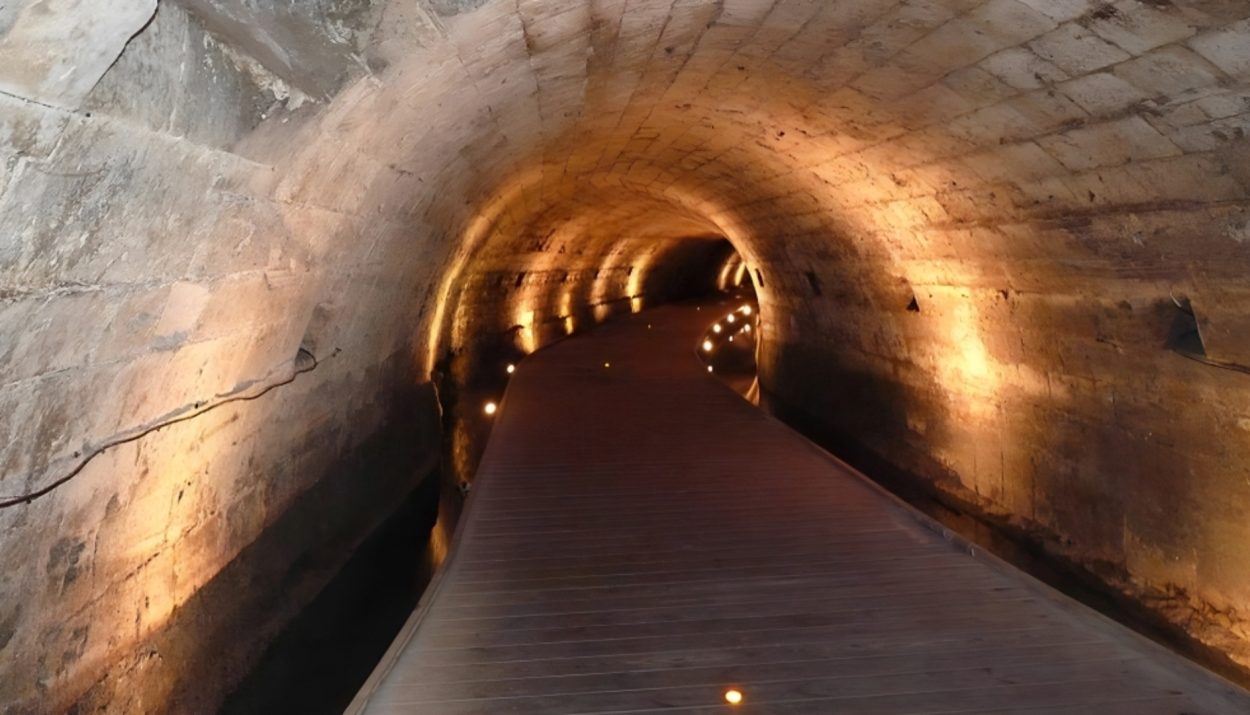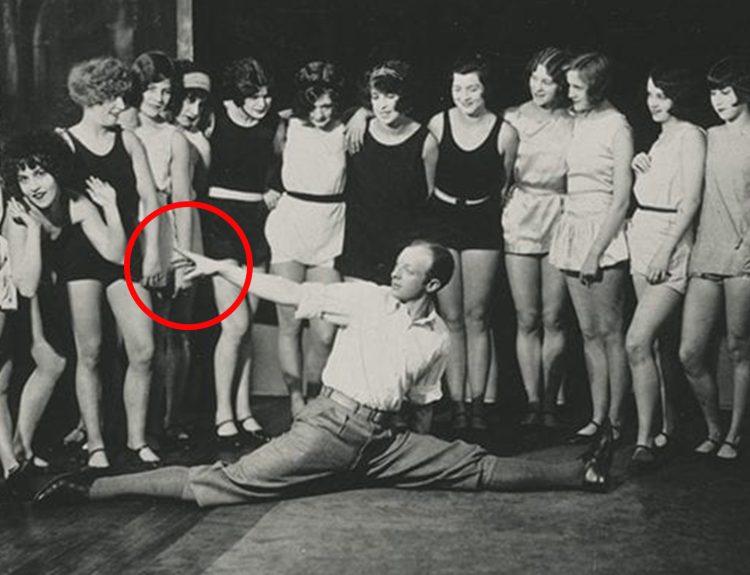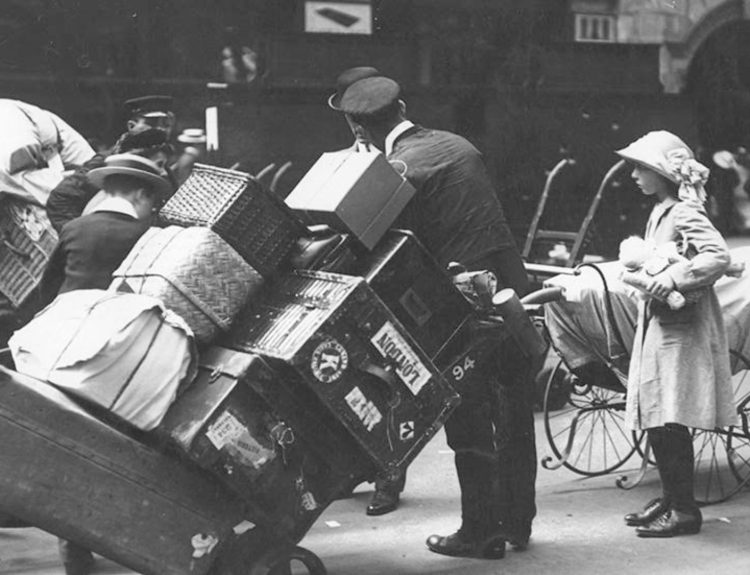The city of Acre, in Israel, has a unique and storied history involving the Knights Templar, the Crusades, and a lot of political meandering. Underneath the city lies a secret tunnel many believe is a treasure tunnel used by the Knights Templar when they held the city. Let’s explore the history of this tunnel and the claims about it.
Who Were The Knights Templar?

In the Middle Ages, the Catholic Church was as much of a political power as a religious one. Muslim invaders threatened the Holy Roman Empire of the East, and the church called its allied states to arms for a religious war, or a Crusade, against the invaders.
This led to thousands of men going to the Holy Land to fight for religion and what they saw as the truth. In that land formed a band of warrior-priests known as the Poor Fellow-Soldiers of Christ and of the Temple of Solomon, tasked with protecting religious pilgrims. These days, we know them as the Knights Templar.
Were They The Only Order In The Holy Land?

The Templars were among several orders in the Holy Land, but they were by far the most economically and politically successful. Thanks to their success in Jerusalem, they garnered a lot of support back in Europe, with even the Pope giving them free passage through all lands under Catholic dominion.
This declaration, of course, made several European lords uneasy. They already had a problem of infighting between small states, and now the Pope was letting a fully armed militia enter their lands without asking permission. It stoked a fire of resentment, which combined with the greed and envy those lords had for the massive earnings the Templars would regularly make.
Welcome to Acre, the Home Base of the Templars

Any military outfit needs to have a place to store its horses and weapons and have a place to retreat to. For the Knights Templar, that was Acre. Situated in Haifa Bay, Acre sits on a peninsula, making it more or less immune to incursion from several sides. A naturally defensible location makes it ideal for building a fortress.
In 1104, the Muslim defenders of the city gave up, and King Baldwin of Jerusalem claimed it as part of the wider Kingdom of Jerusalem. He gave the Knights Templar the right to build a fortress there, and that stronghold became the headquarters for the Knights Templar in the entire Holy Land.
Who Usually Became Templars?

At the start, Templars were simply a collection of religious men who wanted to do what they could to defend their faith. As the order became more wealthy and famous, recruits poured in from all over Europe. The majority of those recruits came from France.
Recruits were required to be free men with legitimate birth lineage (no commoners or peasants). Usually, they were also required to be single, but in later years, married Templars were permitted as long as their wives agreed. Recruits were also needed to be debt-free and to make a significant donation to the cause before being accepted.
Disciplined Fighters With a Reputation To Uphold

Since many of these knights came from well-to-do families without significant debts to their name, they were already well-trained in the art of warfare. Thanks to the order’s seemingly endless resources, they were usually the best-equipped fighters on the field of battle as well.
They were the Medieval equivalent of tanks, with their well-disciplined, tight formations during a cavalry charge proving brutal to the enemy repeatedly. Even in camp, they were highly disciplined because misbehavior could get them expelled from the order, making them a disgrace to their families.
A Secretive Order With Tales Lost to Time

The Knights Templar was both a religious and militaristic order in a time when both of those things overlapped regularly. However, any order that survived for over two hundred years is bound to have a lot of stories attached to it. The Knights Templar still shows up in popular culture to this day.
Thanks to a lack of clear records and a reliance on word-of-mouth, stories about the Knights Templar range in complexity and believability. Some modern-day amateur historians believe that the Freemason Society is the modern iteration of the Knights Templar. Conspiracy theories aside, the Templars were involved in some sketchy things while in the Holy Land.
The Lost Relics of the Knights Templar

The Templars were rumored to have untold wealth secreted inside their castles. In fact, these treasures were one of the reasons for their downfall in the early 14th century. Yet despite the rumors, few of those treasures have ever been found, raising questions about where they could be.
Not only did they have vast amounts of treasure, they also dealt with gold in huge volumes. The Templars were among the first orders to establish modern banking. Pilgrims could deposit their savings into the bank and receive a letter of credit to withdraw those savings in Jerusalem.
An Order That Wore Many Hats
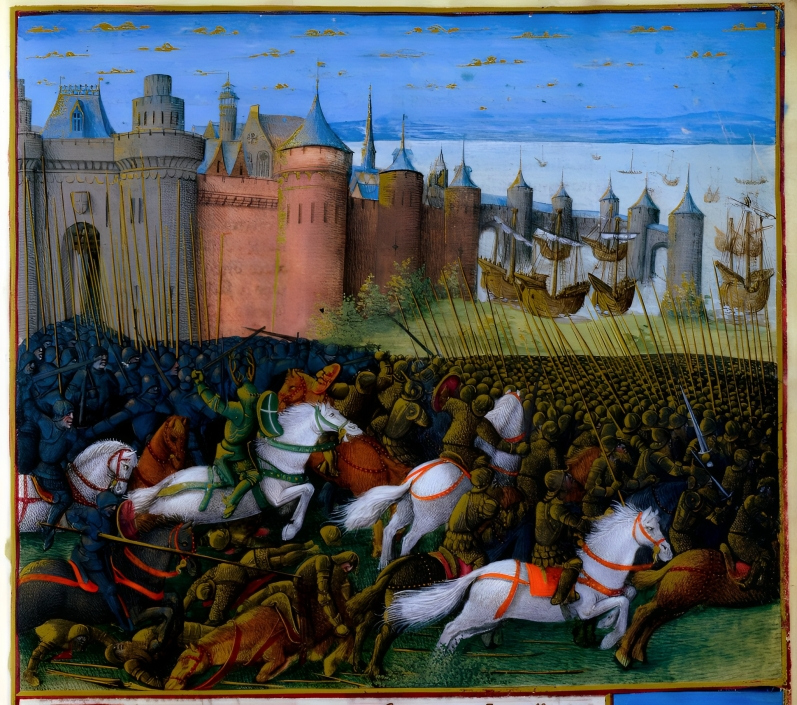
The Knights Templar were known for many innovations. They practically invented banking for all of Europe, for example. However, they also earned their money through other means, such as raiding nomadic bands of Muslim traders or capturing and selling enslaved people to Europeans in the Holy Land.
It’s also easy to forget that the order existed both in Europe and in the Kingdom of Jerusalem. In Europe, they served alongside the Hospitallers (another order of warrior monks) as commissioners for the Catholic Church. Some Templars even served as tax collectors for the money needed to fund the Crusades that the Church demanded.
Dealing With Riches Requires Contingency Plans

With their wealth, both looted and collected through banking, the Templars were among the most well-funded orders in the Holy Land. New conscripts would regularly be given free armor and training. Yet this wealth and prosperity came with its own baggage.
The order sometimes ran afoul of other newly minted lords in the Kingdom. Their wealth made them a target for harassment. The Templars constructed tunnels to get them from one place to another, to preserve their riches, and to give them a way out of a trap. One of those temples ran under Acre from their fortress.
The Fall of Jerusalem and Loss of the Tunnel
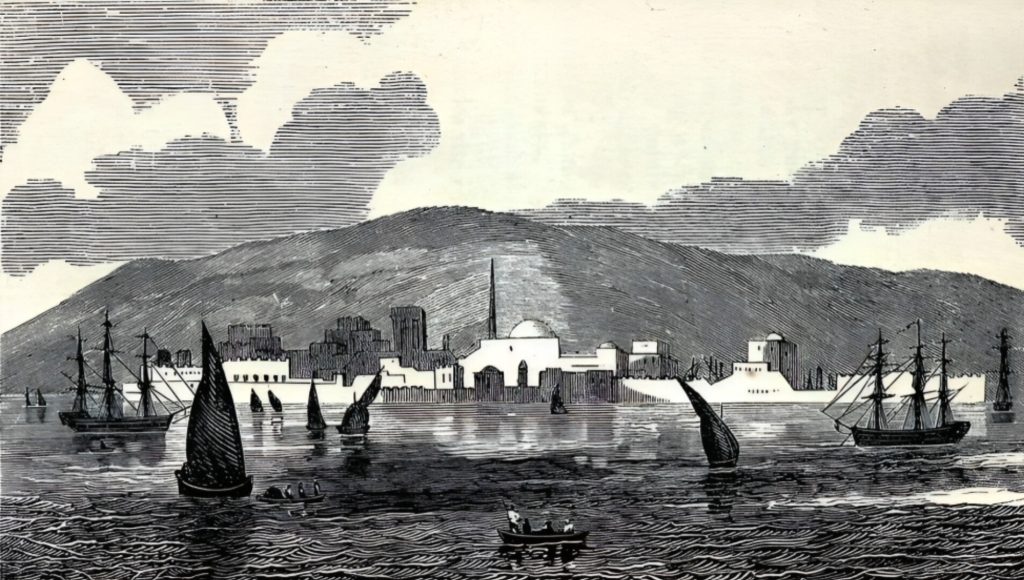
The Kingdom of Jerusalem was precarious, and in 1187, it fell, with Acre being its last stronghold to be reclaimed by Saladin. While the Templar fortress was the strongest one in the city, it still fell to the invaders, and the quick thinking of the Templars allowed them to hustle away in their secret tunnel out of Acre.
The fortress no longer exists since the Mameluke sultan Al-Ashraf Khalil in 1291 ordered the military buildings of Acre to be razed to the ground. Since then, to modern times, the tunnel has remained hidden. However, a fortuitous sewage clog in 1994 changed all that.
A Tunnel Rediscovered

In 1994, a woman complained to the authorities about a sewage backup. She lived right over where the Templar tunnel passed, and on investigating the woman’s plight, authorities stumbled upon an opening that dropped right into the passageway running under the city.
Fast-forward to 2019, Dr. Albert Lin uses LiDAR scanning to cover an area of Acre he suspects the fortress used to be. From the images, he notices a sprawling network of tunnels and what could possibly be the remains of a guardhouse. The LiDAR technology allowed the scientists to image what was under the city without digging.
What is LiDAR?

Light Detection and Ranging, or LiDAR, is a non-invasive technology that uses light rays to map a surface in great detail. The light used is focused into a laser, which is fired at a surface. A receiver collects the reflected light and notes the time taken from when it was fired to when it was received to calculate details.
This technology is related to RADAR, but RADAR detection uses radio waves. In this case, the laser was used to map out the area under Acre, including the tunnels far underground. It was done in a fraction of the time it would take to dig up those streets and trace where those tunnels went.
What Was The Templar’s Real Mission?

When the order was first established and given its headquarters in Jerusalem as the Temple Mount (hence its name), its goal was to protect pilgrims who couldn’t defend themselves. However, that goal changed with time, and the Templars became something different.
The order shifted from being motivated primarily by military accolades to being inspired by monetary gains from banking. They also managed to sidestep the Catholic Church’s ruling on usury, charging interest as “rent” on a property. This led to them stockpiling more and more gold, leading them to build tunnels like the one under Acre for secret money transport.
How Big Is the Tunnel?

According to the discovery, the tunnel ran 1,150 feet (350.5 meters) from the fortress to the port. Building this tunnel was no easy feat, given the engineering limitations at the time. Keeping the construction secret is also something that the Templars had to pay attention to during construction.
The tunnel was built with supporting pillars to bear the weight of the above streets. It was built far enough underground so that heavy movements wouldn’t cause a cave-in. While records don’t exist about the artisans used for the project, they were likely brought from outside of the city for secrecy.
More Questions After This Answer

We finally know where the Templar tunnel went in Acre, but there are still more things we want to know. Was it really used for transporting treasure and riches, or was it more of an escape route for trapped Templars? Maybe it was used to bring enslaved people and goods into Acre, avoiding the prying eyes of the king’s agents.
Whatever the Templars did with their tunnel will probably remain a mystery for many ages to come. Today, we can walk the length of the tunnel if we visit Acre (also called Akko) in Israel. Imagine what it would feel like walking this tunnel to escape as the walls of Acre fell around you.

